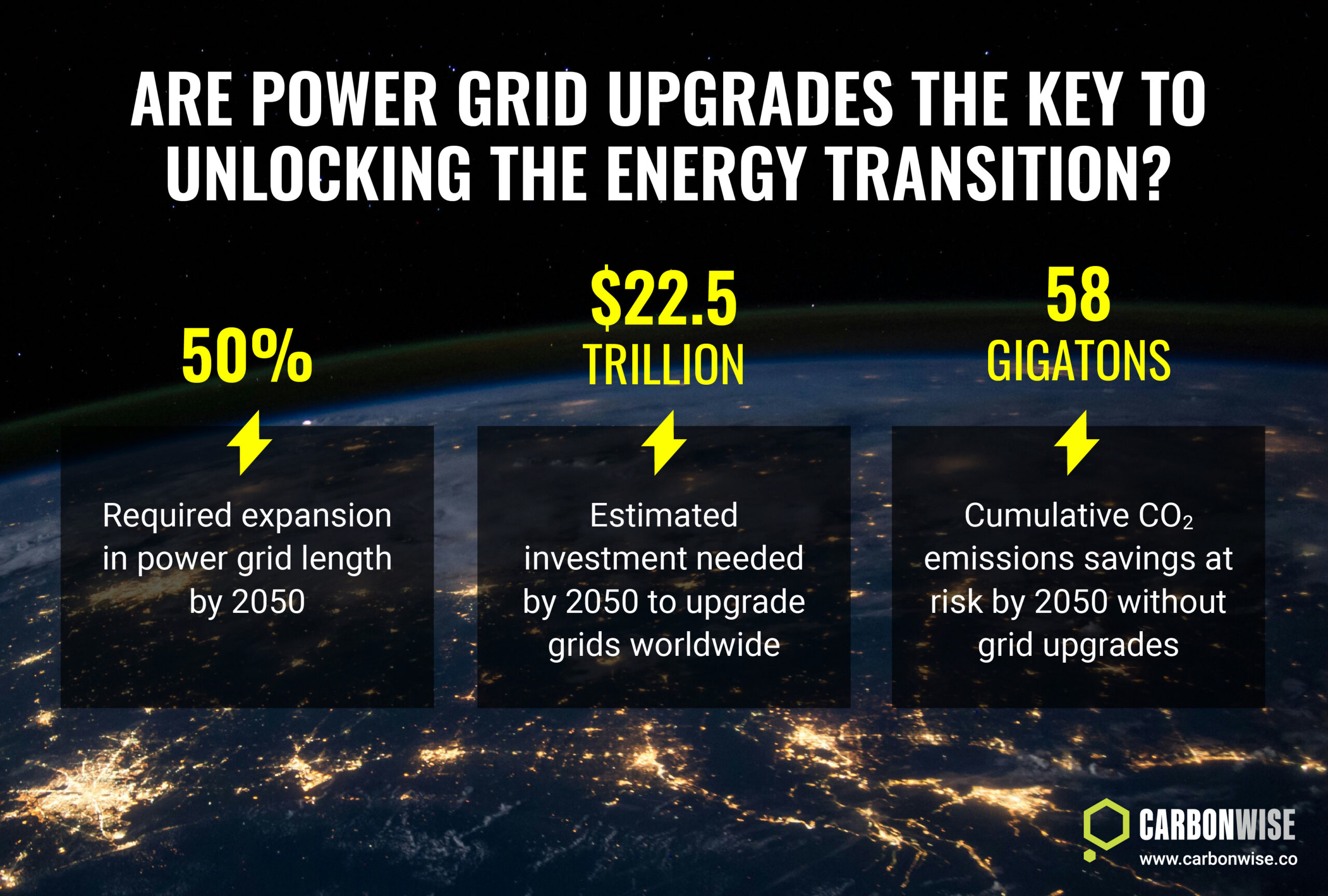The global voluntary carbon market (VCM) involves companies or governments investing in projects that reduce, avoid or remove greenhouse gas (GHG) emissions from the atmosphere, earning tradable carbon credits.
In an attempt to avoid the worst impacts of climate change, governments aim to cut GHG emissions significantly by mid-century. While companies and other organisations are therefore under pressure to reduce emissions as much as possible, some emissions are too difficult or expensive to reduce, particularly where some technologies and fuels lack cleaner alternatives.
The VCM exists to help address those unavoidable emissions by offsetting them, playing a critical role in global efforts to reach net zero emissions by 2050. Each emission reduction cancels out an unavoidable emission elsewhere, meaning that there has been no increase in net global emissions.
So how big is the VCM now, and how much bigger could it get?
Estimates for the size of the market vary, but US multinational bank Morgan Stanley estimates that around 4,000 carbon projects have issued credits for roughly 1.7 billion offsets as of 2022, representing 1.7 gigatonnes of CO2 equivalent GHG.
A further 3,800 projects are listed, pre-registered or registered and awaiting credit issuance, and Morgan Stanley estimates that the market’s value is set to grow from $2 billion in 2022 to around $100 billion in 2030, and about $250 billion by 2050.
Those estimates relate to the value of credits issued.
However, the value of the VCM can also be measured in terms of total investment going into projects. By that measurement, the cumulative value of the market stood at $10 billion in 2022, according to BloombergNEF, a commodity markets research provider.
That compares with $7 billion in 2021, with BNEF’s figures representing estimated total cumulative investment in VCM projects worldwide.
While still small compared with more established commodity markets, the need to reduce and remove GHG emissions is set to become more urgent as climate impacts intensify, suggesting further growth in the market is likely. BNEF estimates that the VCM could be worth $1 trillion by 2037.
To meet the goals of the Paris Agreement, which include limiting global warming to 1.5 degrees Celsius above pre-industrial levels, global GHG emissions need to be cut by 50% by 2030, and reduced to net zero by 2050.
Estimates of future growth in the VCM are subject to uncertainty, but most groups involved in the market expect the recent expansion of the VCM to continue.
Independent governance group, the Integrity Council for the Voluntary Carbon Market, has estimated that the market value in 2030 could be between $5 billion and $30 billion at the low end, and over $50 billion at the high end, depending on different price scenarios and their underlying drivers.
A Broad and Varied Market
So the size and value of the VCM look set to grow in future. But what about the scope of the market? What kind of climate projects are we talking about?
Carbon markets information provider Ecosystem Marketplace, which produces regular analysis reports on the VCM, says there are 170 different types of carbon credit, grouped into eight broad categories: renewable energy, household and community, chemical/industrial, energy efficiency, waste disposal, agriculture, transport, and forestry and land use.
Examples of renewable energy projects include solar, wind, geothermal energy, and biogas plants, which reduce emissions compared with fossil fuel-based energy generation.
Projects in the household and community category include clean water distribution, lighting efficiency, clean cook stove distribution and community biogas facilities.
The chemical and industrial category includes carbon capture and storage facilities, N2O (nitrous oxide) destruction projects, and facilities that reduce output of refrigerant gases, for example.
Energy efficiency projects include fuel switching projects and programs that upgrade an industrial process from an older to a new, more efficient system.
The waste disposal category includes recycling projects, waste gas recovery systems, waste gas avoidance and municipal waste incineration facilities.
The agriculture category includes livestock methane reduction, grassland management, and sustainable agriculture projects, among others.
The transport category includes projects that reduce emissions from shipping or public transportation systems such as bus networks.
And finally, the forestry and land use category includes afforestation and reforestation projects, blue carbon, which involves marine and coastal carbon reduction projects, and projects which increase carbon absorption in soil.
This wide spread of climate projects under the VCM is beginning to channel billions of dollars of much-needed finance from companies that invest in or consume fossil fuels to projects that avoid or lock up carbon emissions, or those that boost biodiversity, helping to manage the effects of climate change and create resistance against its worst effects.
However, the challenge will be to ensure the highest possible level of environmental integrity of carbon projects under the VCM, thus attracting wider investment and enabling the market to scale up to a level that allows it to reach its full potential.








